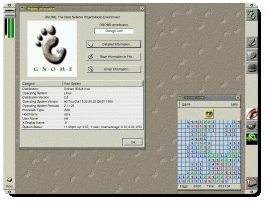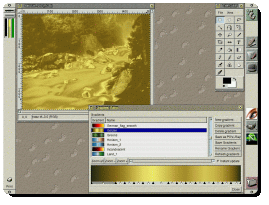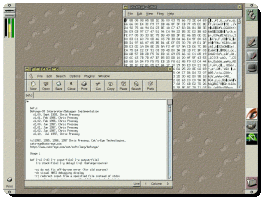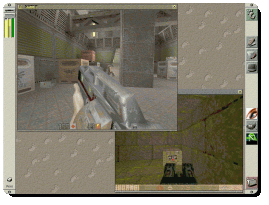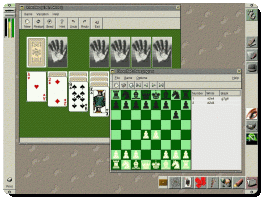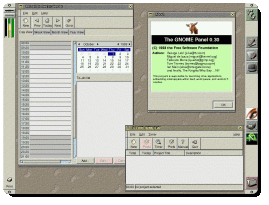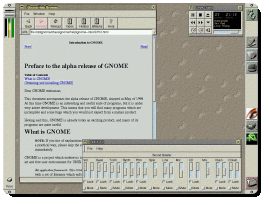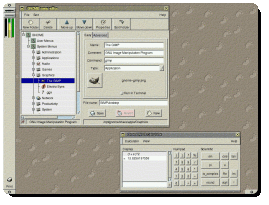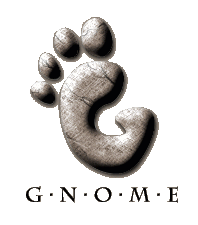 |
This is a little page I created in October 1998 to show off the, at that time, stunning beauty of this quite new Linux/X11 desktop and network environment called GNOME. The page was created using Netscape 4.05. I left out obsolete links and comments but retained my eight screenshots running various programs in the 0.30 alpha release GNOME. The Linux kernel (from ftp.kernel.org), parts of X11 (downloaded from ftp as well) and GNOME (cvs version) were self compiled on a i586. That meant nightly builds, not just ten minutes :) And yes: both Quake 1 and Quake 2 running in parallel, Gimp 1.1.0. IIRC I left out several programs which either did not compile (I had lots of CORBA-related problems) or did not run. Nevertheless already in 1998 GNOME was a working desktop environment almost equally nice as the trendsetting NeXTSTEP desktop at that time. |
